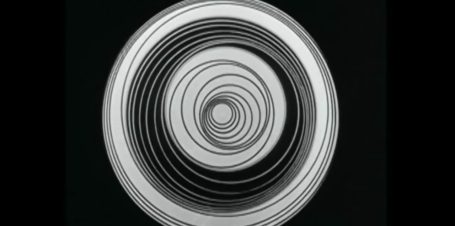Résumé
Shot between 1944 and 1947, the film 'Dreams' is a classic of surrealist cinema, produced by Max Ernst, Fernand Léger, Man Ray, Marcel Duchamp, Alexander Calder…
Avis
"We created this film like a painting, with our emotions and our subconscious" says Hans Richter. The story of 'Dreams', before anything else, is an adventure amongst friends. In 1942, Peggy Guggenheim offers Hans Richter a 6000-dollar grant to make an anthology of avant-garde films. Fernand Léger replies: "You’re crazy; if you’ve got money, make a new film" – which is what Hans Richter does. The filming lasts two years, all the artists agree to work for free. A New York workshop is then turned into a studio and artists would only work there in the evenings and on weekends. Young people were hired to play. Fernand Léger imagines a love story between two models ; Max Ernst, an episode named 'Désir' in which he works on the analogy between collage and montage ; Man Ray suggests a photograph of his eyes to represent those of a regular at cinema, as his film was shot like the news ; Marcel Duchamps, to music by John Cage, plays with his rotoreliefs ; Alexandre Calder used his circus and Hans Richter filmed an autobiographical clip titled 'Narcisse'. 'Dreams' was showed at the Biennale in Venice on September 12th 1947. Richter was awarded the first prize for this film, the latter being considered as the best original contribution to the progress of cinematography. Henri Langlois, who pretended that Richter had used avant-garde to assist Hollywood, organised a cabal against him. In spite of this quarrel being out of date, the diversity of contradictory adjectives associated to this film remains: kitsch, conventional, avant-garde, ludicrous, intellectual, pretentious or amazing.



